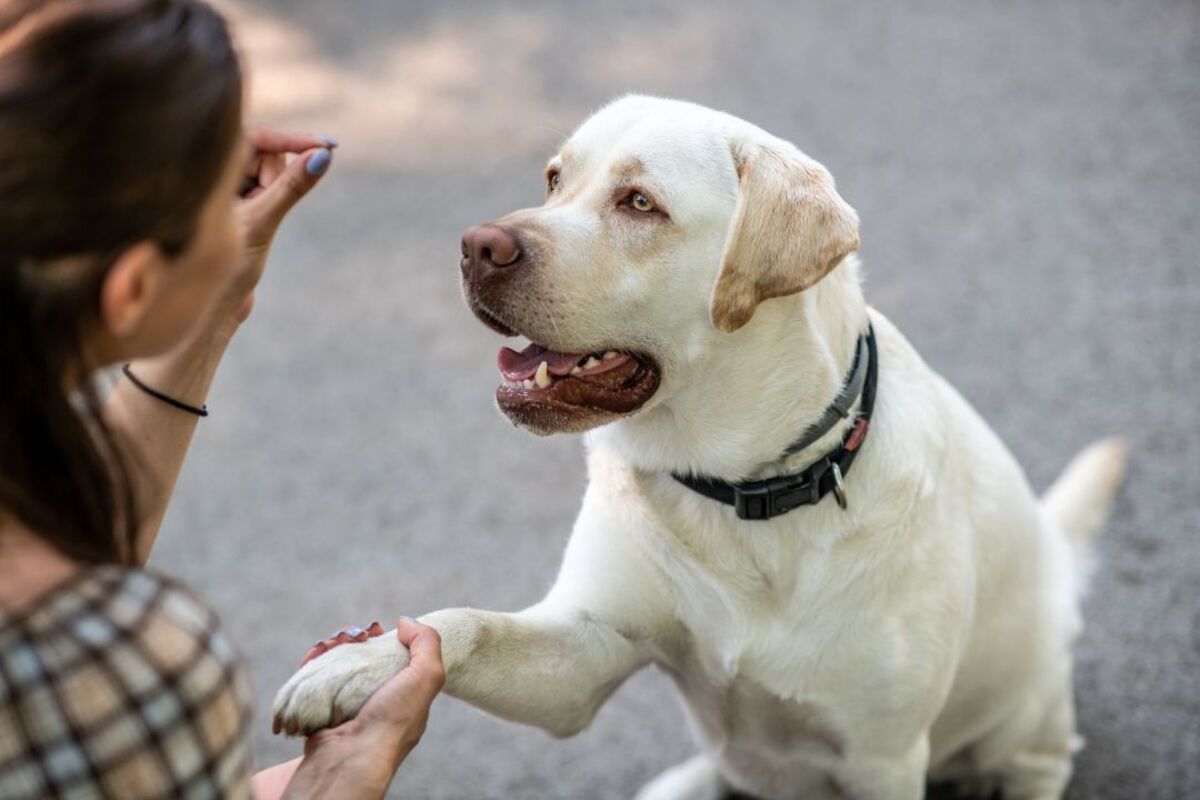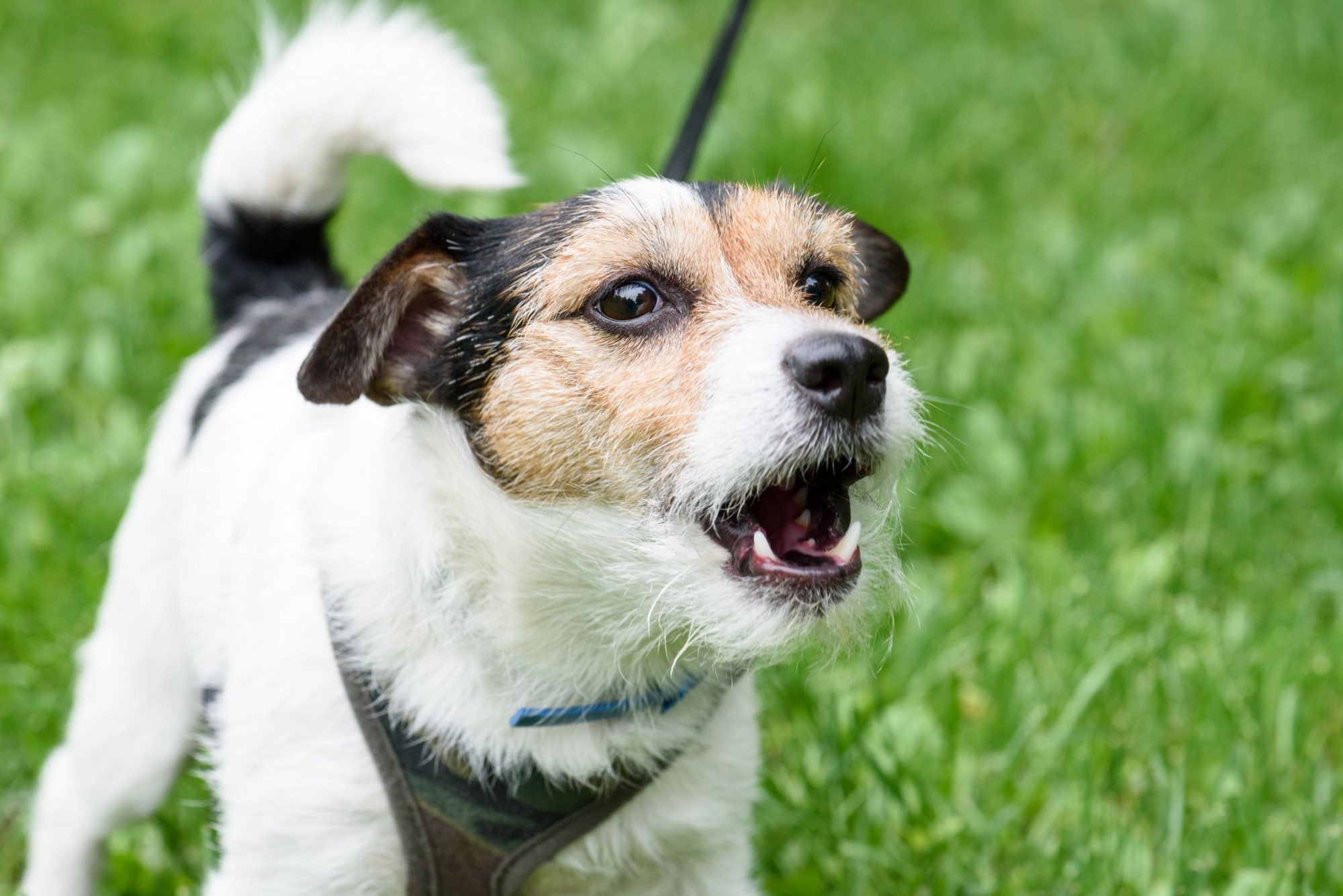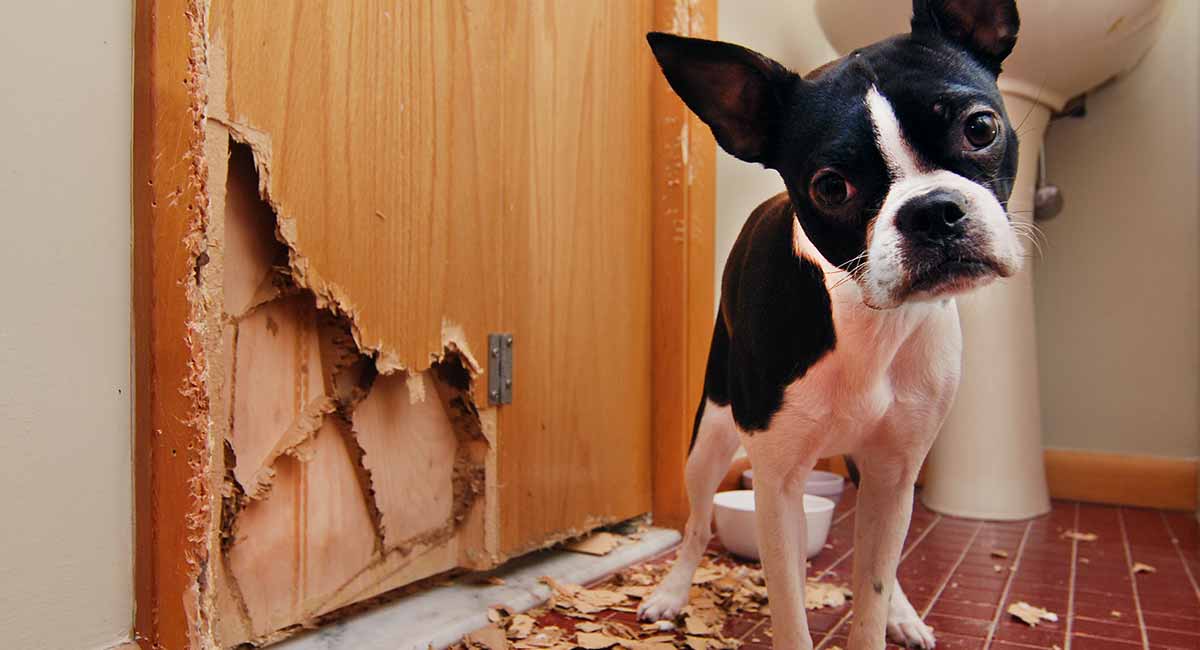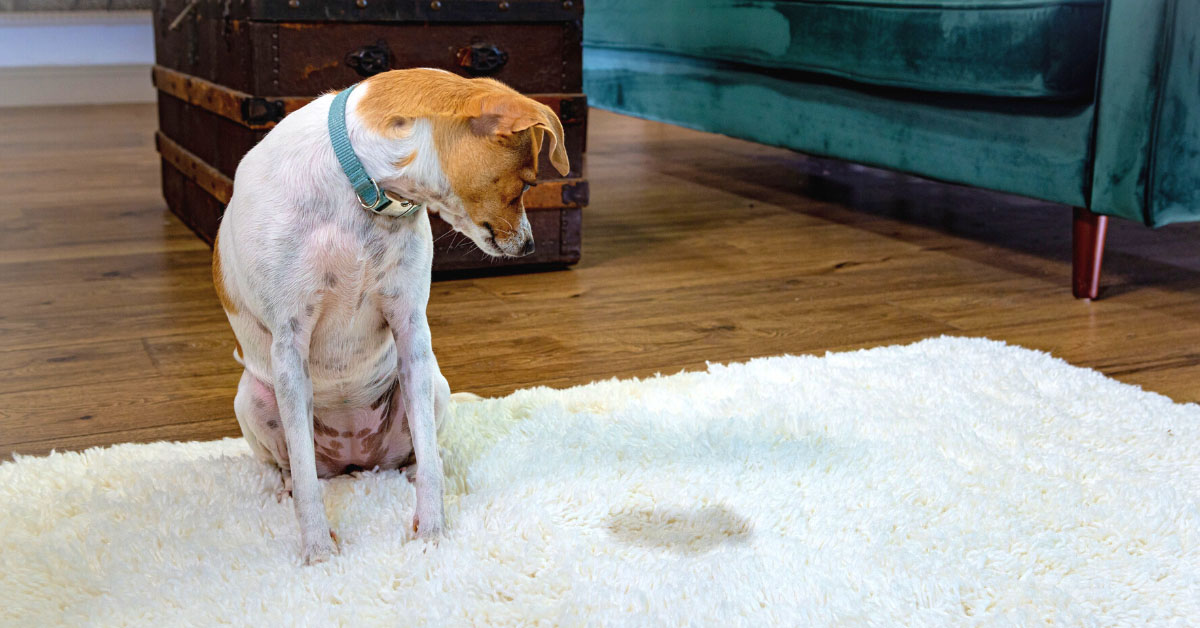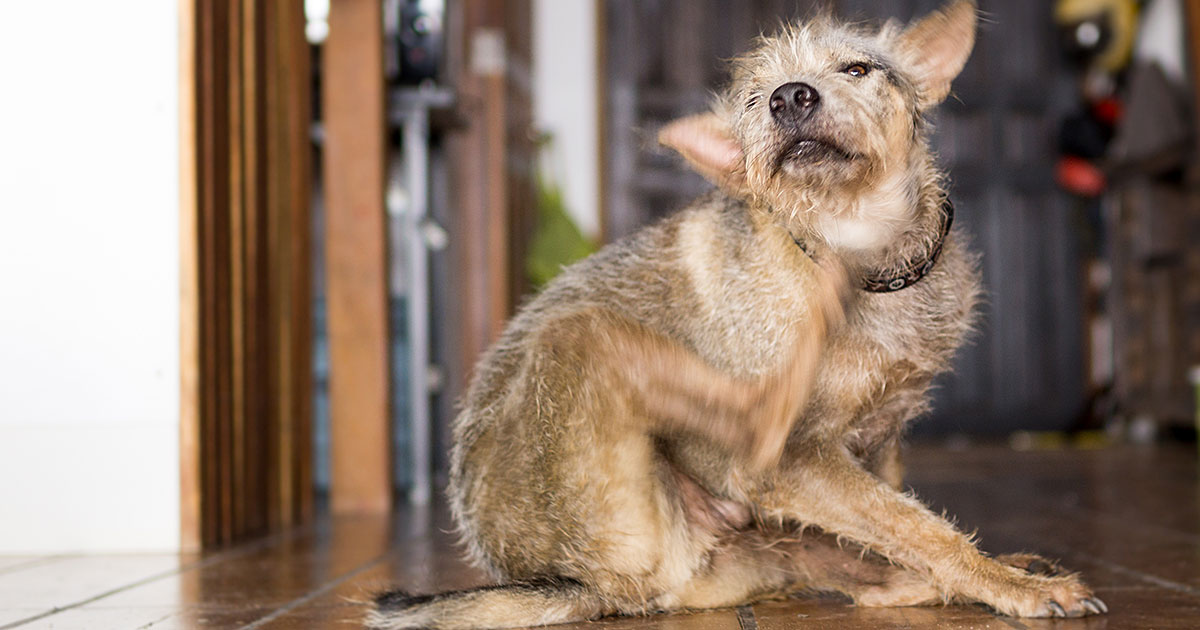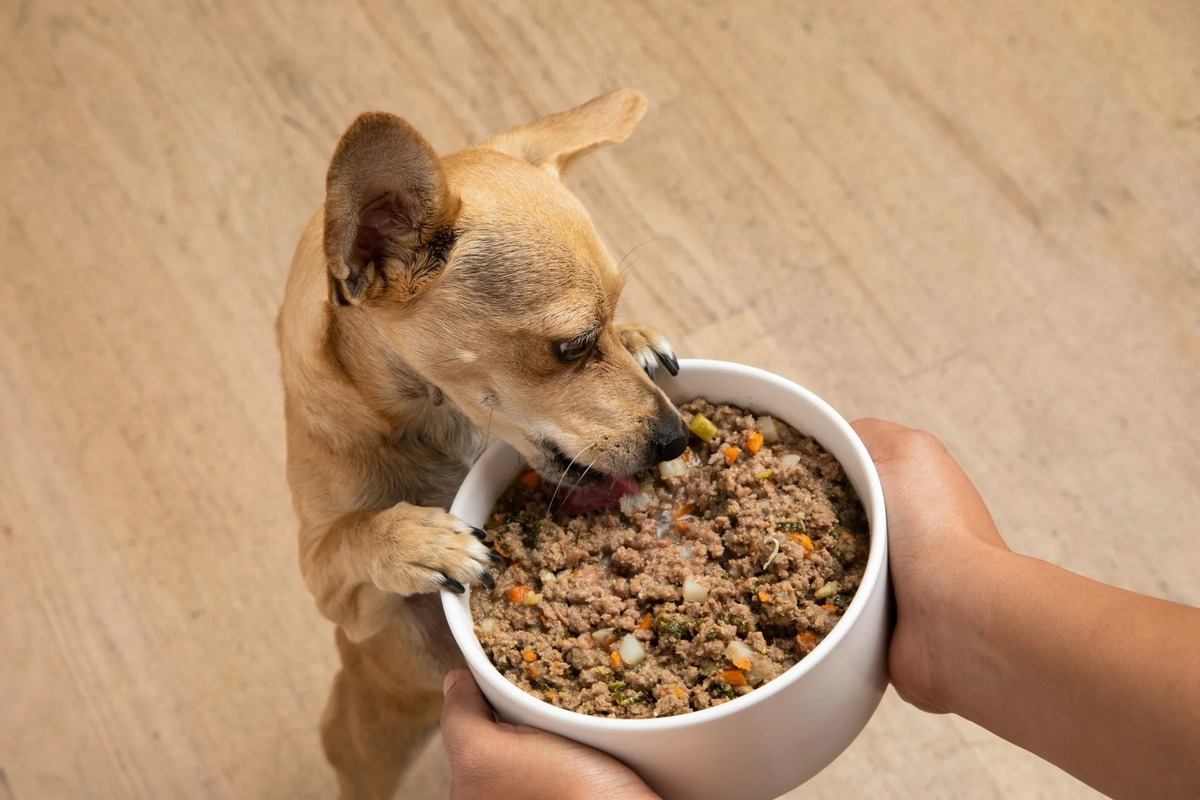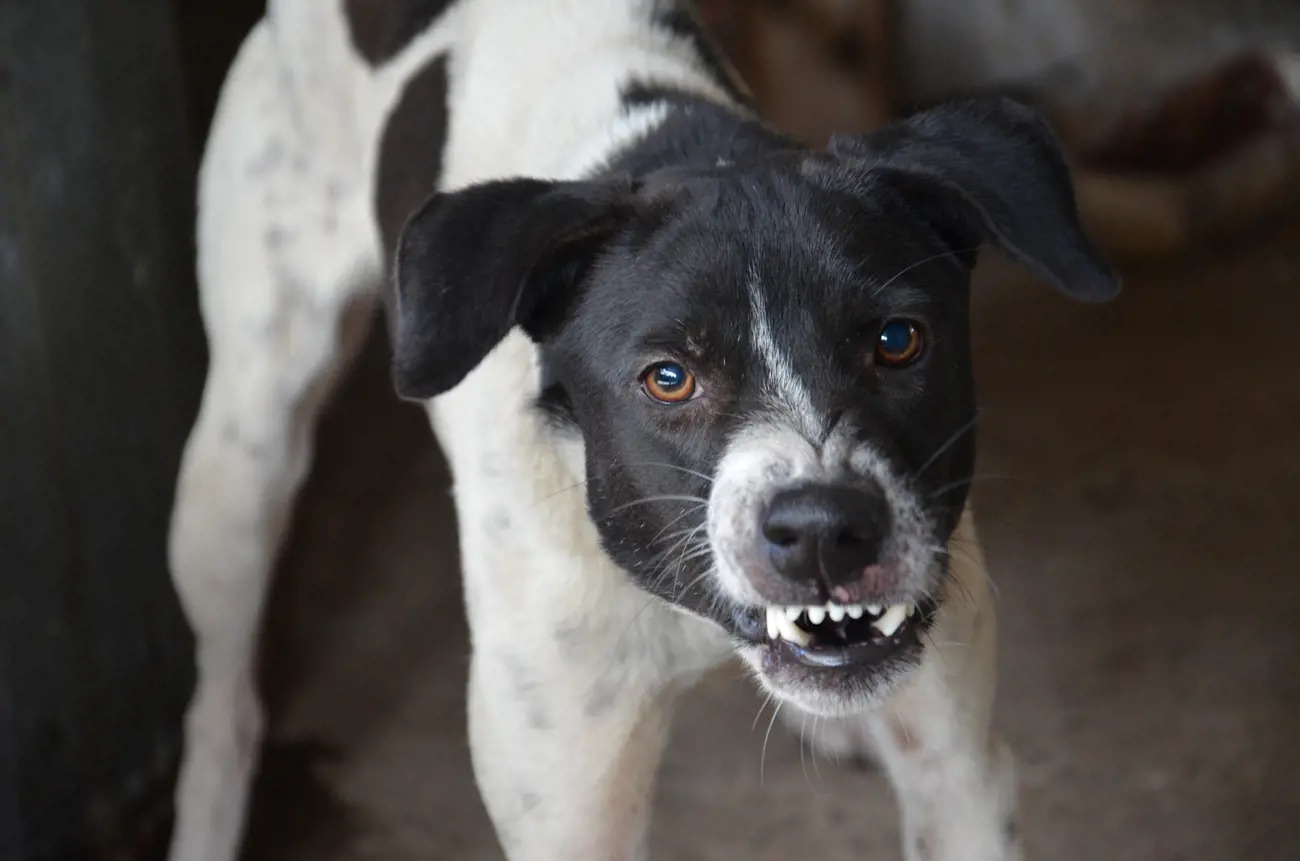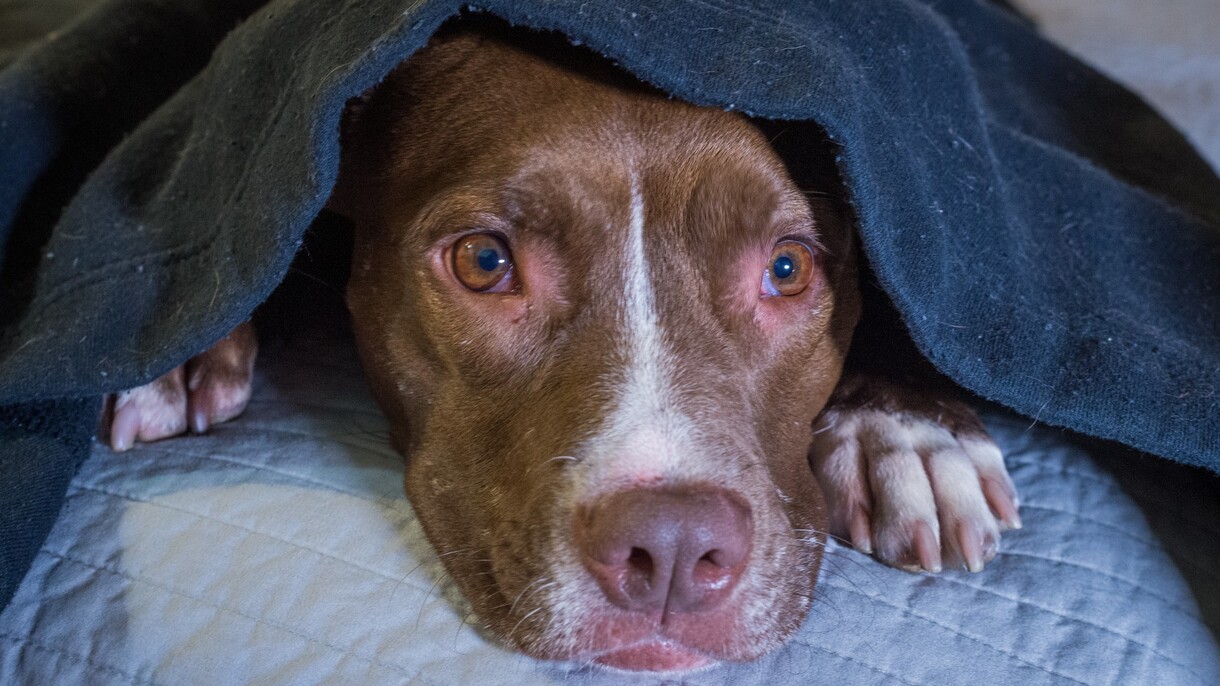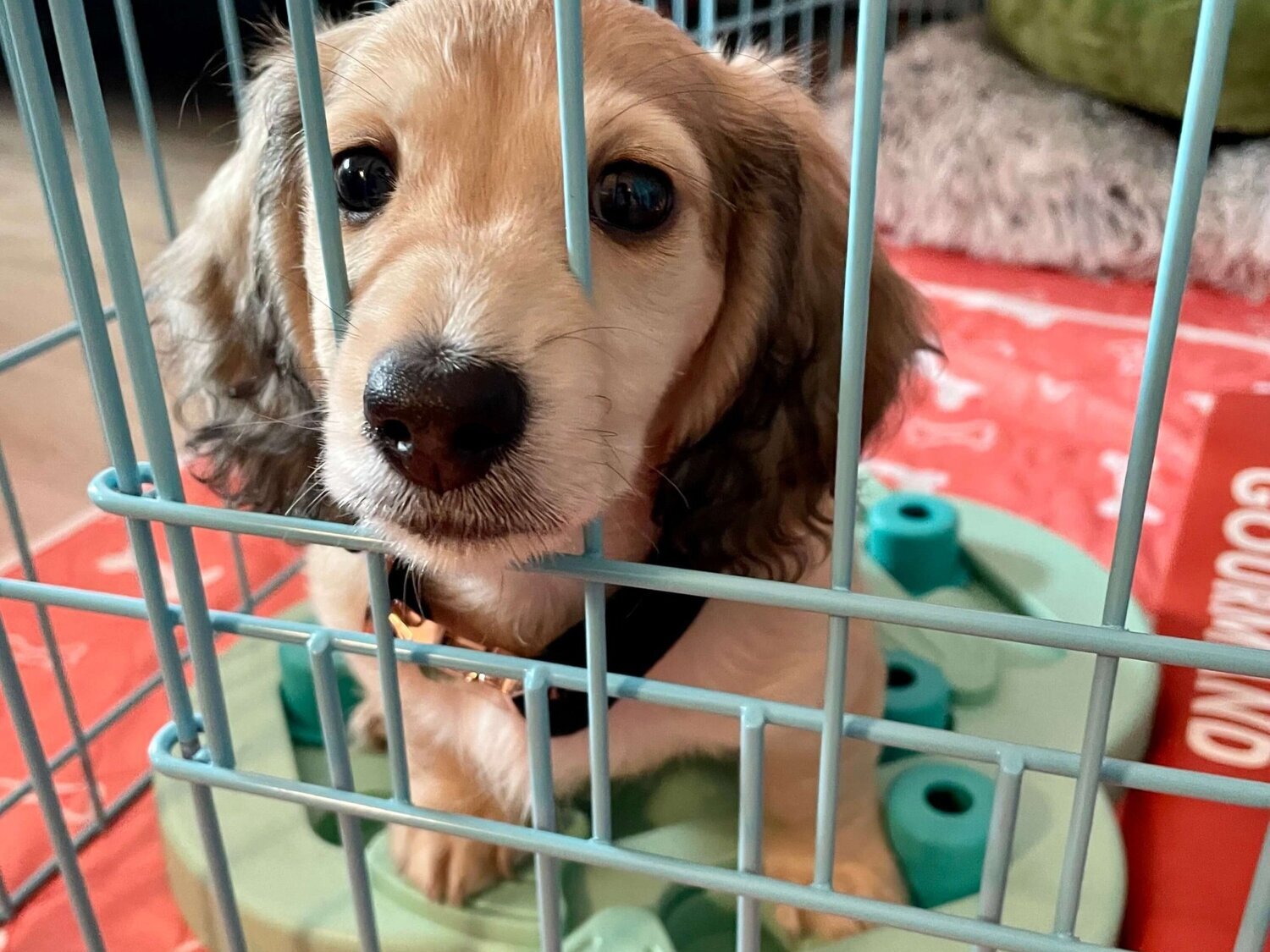Home>Health & Wellness>Behavior & Cognitive Care>How To Stop An Anxiety Attack In Dogs


Behavior & Cognitive Care
How To Stop An Anxiety Attack In Dogs
Published: January 30, 2024
Learn effective strategies for managing and preventing anxiety attacks in dogs with behavior and cognitive care techniques. Help your furry friend find relief and peace.
(Many of the links in this article redirect to a specific reviewed product. Your purchase of these products through affiliate links helps to generate commission for Pawsomeoldies.com, at no extra cost. Learn more)
Table of Contents
Understanding Anxiety in Dogs
Anxiety is not exclusive to humans; it can also affect our canine companions. Understanding anxiety in dogs is crucial for pet owners to provide the necessary support and care. Canine anxiety can manifest in various forms, including separation anxiety, noise phobia, and social anxiety. It is essential to recognize the potential triggers and symptoms to address this issue effectively.
Dogs may experience separation anxiety when left alone for extended periods, leading to destructive behavior, excessive barking, or even self-harm. Noise phobia, often triggered by thunderstorms or fireworks, can cause distress and panic in dogs. Additionally, social anxiety may arise in unfamiliar environments or around new people or animals, resulting in withdrawal or aggression.
Furthermore, understanding the underlying causes of anxiety in dogs is crucial. It can stem from past traumatic experiences, lack of socialization, or genetic predispositions. Environmental factors, such as changes in routine, relocation, or the addition of a new family member, can also contribute to heightened anxiety levels in dogs.
Recognizing the signs of anxiety in dogs is essential for early intervention and support. These signs may include pacing, panting, trembling, excessive drooling, restlessness, and attempts to escape. Additionally, dogs may exhibit destructive behavior, such as chewing furniture or digging, as a coping mechanism for their anxiety.
By gaining a deeper understanding of anxiety in dogs, pet owners can cultivate empathy and patience while providing the necessary care and support to alleviate their furry friends' distress. This knowledge serves as a foundation for implementing effective strategies to manage and prevent anxiety in dogs, ultimately enhancing their overall well-being and quality of life.
Read more: How To Stop Dog Anxiety Peeing
Recognizing the Signs of an Anxiety Attack
Recognizing the signs of an anxiety attack in dogs is crucial for pet owners to provide timely support and intervention. Dogs, like humans, can experience overwhelming feelings of fear and distress, leading to visible behavioral and physiological changes during an anxiety attack. By being attuned to these signs, pet owners can effectively address their furry companions' needs and alleviate their discomfort.
During an anxiety attack, dogs may exhibit a range of physical and behavioral signs that indicate their heightened state of distress. These signs often manifest as exaggerated responses to perceived threats or stressors, and they can vary depending on the individual dog and the specific triggers. Understanding these signs empowers pet owners to respond appropriately and provide comfort to their anxious dogs.
One of the primary physical signs of an anxiety attack in dogs is excessive panting. When experiencing heightened anxiety, dogs may exhibit rapid and shallow breathing, often accompanied by noticeable restlessness and an inability to settle. Additionally, trembling or shaking can be observed, indicating the physical manifestation of their emotional turmoil.
Behavioral cues are also indicative of an anxiety attack in dogs. Excessive pacing, often in a repetitive and frantic manner, is a common behavioral sign of distress. Dogs may also display restlessness, unable to find a comfortable position or exhibit a constant need to move. Furthermore, excessive drooling, often unrelated to food or treats, can signal their heightened emotional state.
In addition to these physical and behavioral signs, dogs experiencing an anxiety attack may attempt to escape or seek refuge in confined spaces. This behavior reflects their instinctual response to perceived threats, as they seek safety and security in an effort to alleviate their distress. Furthermore, some dogs may exhibit destructive behavior, such as excessive chewing or scratching, as a coping mechanism during an anxiety attack.
It is important to note that the signs of an anxiety attack in dogs can vary in intensity and duration. Some dogs may display subtle signs of distress, while others may exhibit more pronounced and disruptive behaviors. By recognizing these signs, pet owners can provide the necessary support and comfort to help their dogs navigate through moments of anxiety, ultimately fostering a sense of security and well-being for their beloved companions.
Steps to Stop an Anxiety Attack in Dogs
When faced with an anxiety attack in dogs, swift and compassionate intervention is essential to alleviate their distress and prevent further escalation. Understanding the steps to stop an anxiety attack in dogs empowers pet owners to provide immediate support and comfort to their furry companions, promoting a sense of security and well-being.
-
Create a Calm Environment: Upon recognizing the signs of an anxiety attack in a dog, it is crucial to create a calm and reassuring environment. This involves minimizing potential stressors, such as loud noises or excessive activity, and providing a safe and familiar space for the dog to retreat to. Dimming lights and playing soothing music can also contribute to a calming atmosphere.
-
Avoid Reinforcing Anxious Behavior: While offering comfort and reassurance is important, it is equally vital to avoid inadvertently reinforcing anxious behavior. Excessive coddling or soothing tones may inadvertently validate the dog's anxious state. Instead, maintain a calm and composed demeanor to convey a sense of stability and security.
-
Engage in Gentle Physical Contact: Physical touch can be a powerful tool in comforting an anxious dog. Gently stroking or massaging the dog in a soothing manner can help alleviate their distress. However, it is essential to respect the dog's boundaries and observe their response to physical contact, ensuring that it provides comfort rather than exacerbating their anxiety.
-
Utilize Calming Techniques: Implementing calming techniques, such as deep pressure therapy or the use of calming pheromone diffusers, can aid in reducing the intensity of the anxiety attack. Wrapping the dog in a snug blanket or utilizing specialized anxiety wraps can provide a comforting sensation, akin to a reassuring hug, promoting a sense of security and calm.
-
Employ Distraction and Diversion: Redirecting the dog's focus through engaging activities or interactive toys can help shift their attention away from the source of anxiety. Engaging in a familiar and enjoyable activity, such as playing with a favorite toy or participating in gentle exercise, can redirect their energy and promote a sense of relaxation.
-
Seek Professional Guidance: In cases of severe or recurrent anxiety attacks, seeking professional guidance from a veterinarian or certified animal behaviorist is paramount. These experts can provide tailored strategies and, if necessary, recommend appropriate medications to manage the dog's anxiety effectively.
By implementing these steps to stop an anxiety attack in dogs, pet owners can effectively support their furry companions during moments of distress. These proactive measures not only alleviate the immediate symptoms of anxiety but also contribute to the overall well-being and emotional resilience of the dog, fostering a harmonious and supportive bond between pet and owner.
Preventing Future Anxiety Attacks
Preventing future anxiety attacks in dogs requires a proactive and holistic approach aimed at addressing the underlying triggers and promoting emotional well-being. By implementing strategies to create a supportive and nurturing environment, pet owners can significantly reduce the likelihood of anxiety-related episodes in their canine companions.
Consistent Routine and Structure
Establishing a consistent daily routine provides dogs with a sense of predictability and security, minimizing potential stressors that can contribute to anxiety. Regular feeding times, exercise schedules, and designated rest periods create a structured environment that promotes emotional stability and reduces uncertainty.
Positive Reinforcement and Training
Utilizing positive reinforcement techniques during training sessions fosters a sense of confidence and security in dogs. Reward-based training methods encourage desirable behaviors and strengthen the bond between the dog and its owner, promoting a positive and supportive relationship that mitigates anxiety triggers.
Environmental Enrichment
Enriching the dog's environment with interactive toys, engaging activities, and sensory stimulation can alleviate boredom and reduce anxiety. Mental and physical stimulation through interactive play, puzzle toys, and sensory experiences enrich the dog's daily life, promoting emotional well-being and reducing the likelihood of anxiety-related behaviors.
Socialization and Exposure
Gradual and positive exposure to various environments, people, and animals facilitates socialization and reduces the likelihood of social anxiety in dogs. Controlled introductions to new experiences, accompanied by positive reinforcement, build the dog's confidence and resilience, minimizing anxiety in unfamiliar situations.
Calming Support and Comfort
Providing dogs with comforting resources, such as cozy bedding, soothing music, and safe retreat spaces, offers a sense of security during potentially anxiety-inducing events. Creating a calming environment during thunderstorms, fireworks, or other triggering situations can significantly reduce the impact of anxiety on the dog's well-being.
Read more: How To Stop Anxiety-Induced Panting In Dogs
Regular Exercise and Mental Stimulation
Regular physical exercise and mental stimulation are essential for promoting emotional balance and reducing anxiety in dogs. Engaging in daily activities that cater to the dog's physical and cognitive needs not only enhances their overall well-being but also mitigates the accumulation of stress and anxiety.
Professional Guidance and Support
Seeking guidance from veterinarians or certified animal behaviorists can provide valuable insights and tailored strategies for managing and preventing anxiety in dogs. Professional support ensures that the dog's emotional needs are comprehensively addressed, leading to a proactive and effective approach to anxiety prevention.
By incorporating these preventive measures into their daily care routines, pet owners can create a supportive and nurturing environment that minimizes the likelihood of future anxiety attacks in their beloved canine companions. This proactive approach not only enhances the dog's emotional well-being but also strengthens the bond between pet and owner, fostering a harmonious and anxiety-free living environment for the dog.

